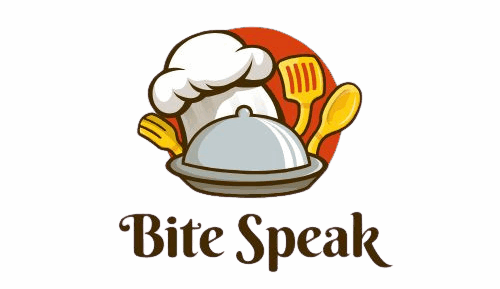10 Common Kitchen Habits That Can Make You Sick
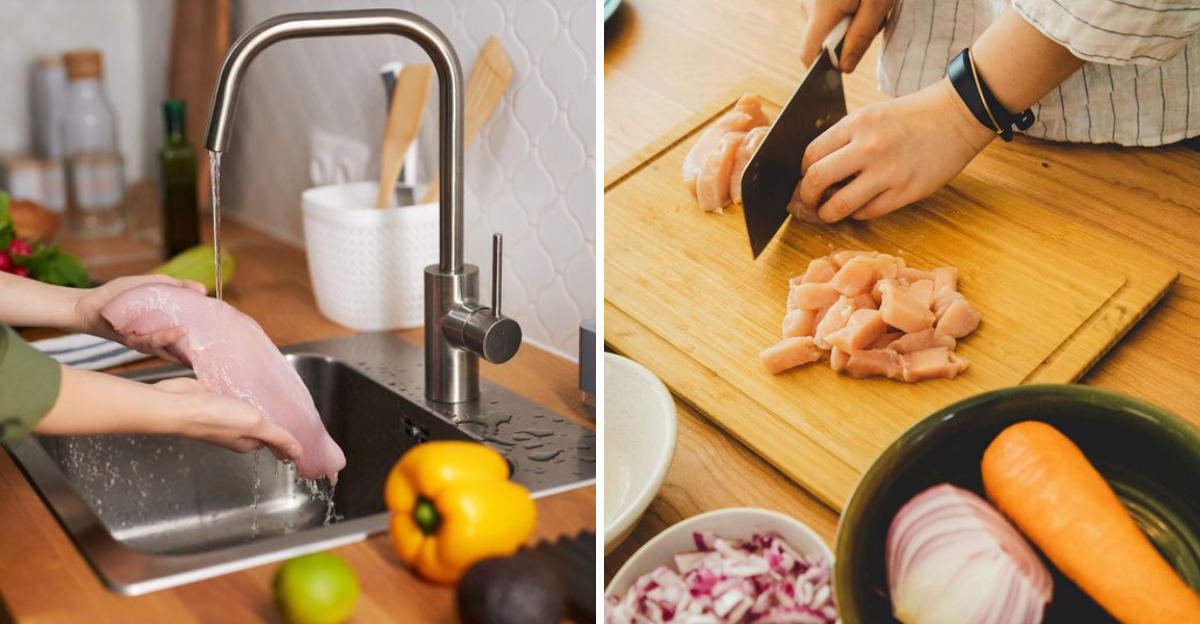
Even if you keep a tidy kitchen and cook often, a few bad habits might be lurking in your routine—ones that quietly increase your risk of foodborne illness or cross-contamination. Here are 10 everyday kitchen habits that can make you sick (and how to fix them fast).
1. Washing Raw Chicken
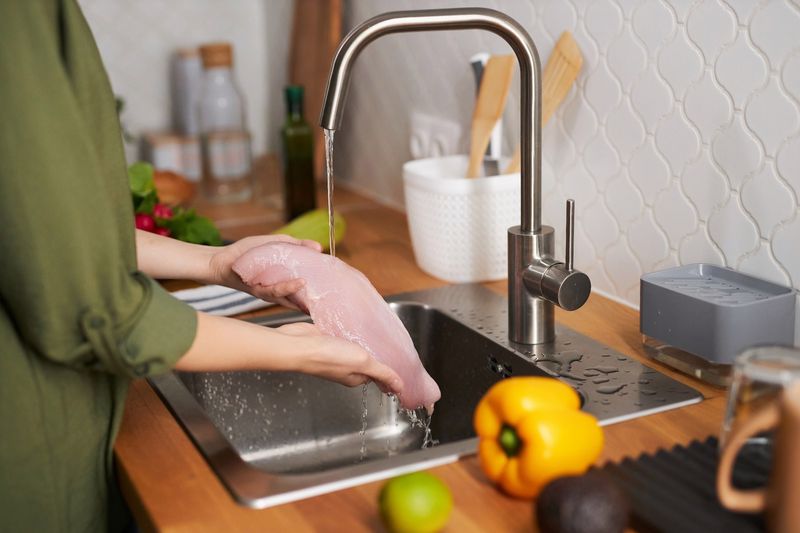
Many believe washing raw chicken cleans it, but instead, it spreads bacteria around the sink and countertops. Studies show that harmful microorganisms like salmonella become airborne, contaminating everything nearby. Picture this: each droplet from a splash carries potential illness. Rather than rinsing, focus on cooking chicken to 165°F, where the heat effectively kills pathogens. This practice ensures a safer meal and reduces the risk of spreading germs. Emphasizing proper cooking over washing preserves kitchen health and cleanliness, providing peace of mind. Remember, less cleaning often means more protection.
2. Using the Same Cutting Board for Meat and Veggies
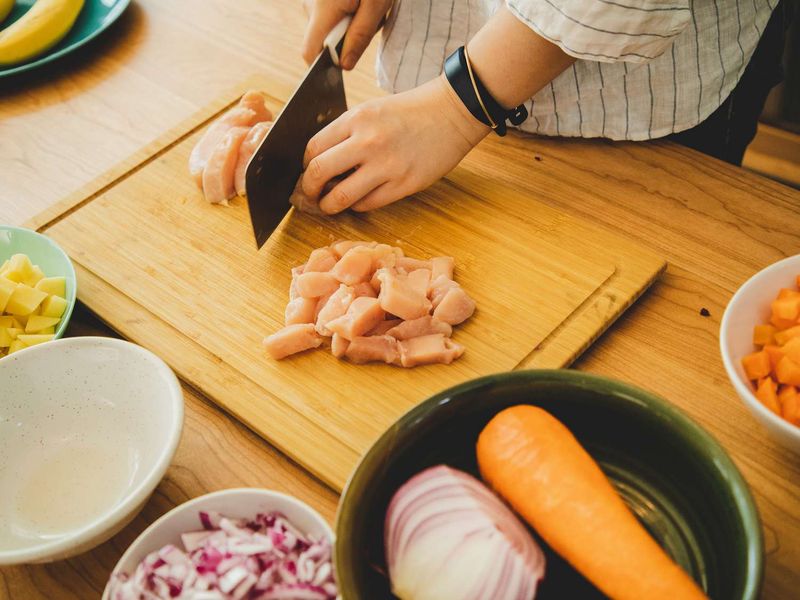
Slicing raw chicken and then dicing tomatoes on the same board? That’s a recipe for cross-contamination. Bacteria from raw meat can easily transfer to fresh produce, leading to potential foodborne illnesses. To prevent this, designate separate cutting boards—one for meat and one for vegetables. This simple habit change can safeguard your family’s health. Visualize crisp carrots and juicy steaks, divided by purpose, not germs. This segregation maintains flavor purity and prevents unwanted bacterial mingling, keeping servings safe and satisfying.
3. Not Washing Your Hands Enough While Cooking

Imagine touching raw meat and then handling seasonings without washing your hands. Bacteria can spread faster than you think. The solution is simple: wash hands with warm, soapy water every time you switch tasks while cooking. This ritual minimizes germ transfer and enhances food safety. Think of handwashing as the unsung hero of the kitchen, quietly preventing illness with every scrub. It’s a small step with significant impact, ensuring that your culinary creations are both delicious and health-conscious.
4. Letting Leftovers Sit Out Too Long
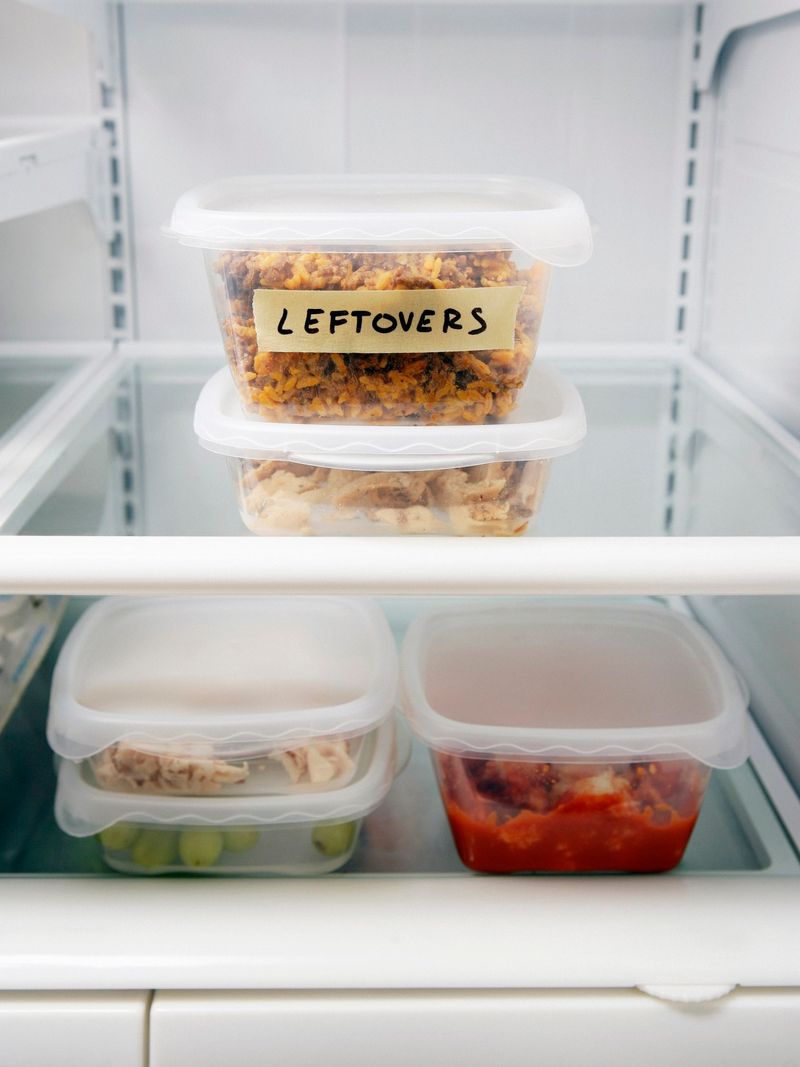
Leaving leftovers at room temperature for extended periods invites bacteria to multiply. After about two hours (or one on a hot day), harmful microbes can thrive, posing risks. Picture this: your delicious meal becoming a breeding ground. For safety, store leftovers in shallow containers and refrigerate promptly. This reduces the time food spends in the danger zone. Imagine your fridge as a fortress, safeguarding flavors and health. By acting quickly, you prevent potential illnesses and preserve your culinary efforts.
5. Ignoring Expiration Dates or Moldy Spots
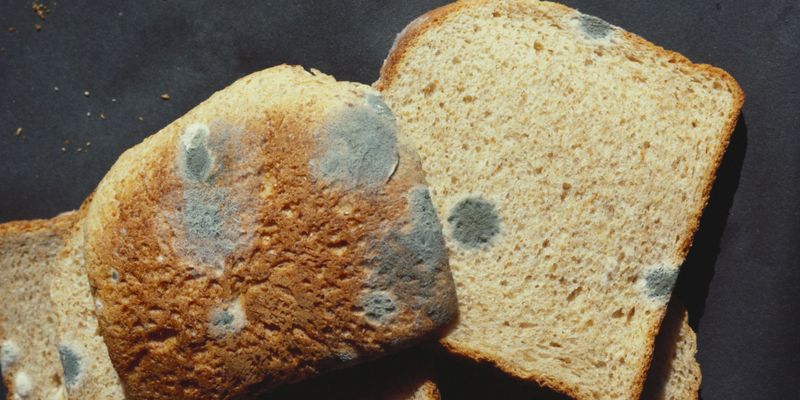
Ignoring expiration dates can lead to consuming unsafe food. Some believe a sniff test suffices, but mold and spoilage can lurk. Think about discovering mold beyond the visible spots, silently spreading. Always check dates and store food properly. When in doubt, it’s best to discard. This practice protects against ingesting spoiled items. Consider the peace of mind that comes from knowing your pantry is free from potential hazards. A watchful eye ensures both fresh flavors and health remain uncompromised.
6. Thawing Meat on the Counter
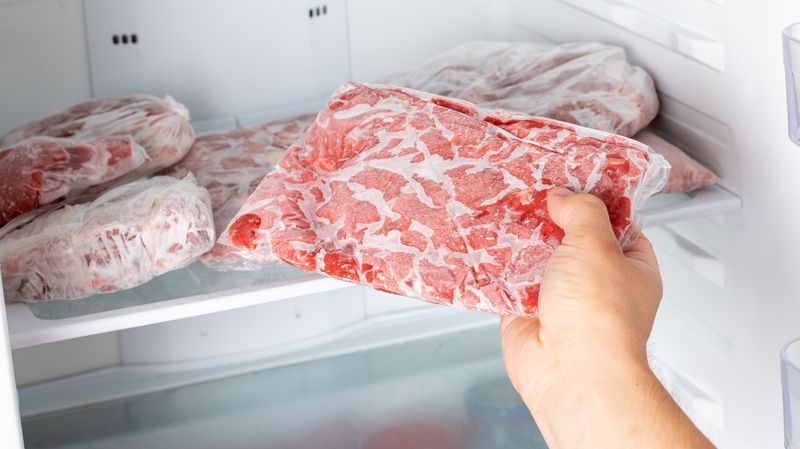
Leaving meat to thaw on the counter seems convenient but encourages bacteria to multiply. Room temperature facilitates uneven defrosting, risking illness. Envision a safer approach: thawing in the fridge or under cold water. This technique ensures consistent temperature control, reducing bacterial growth. Visualize your kitchen as a zone of safety, where mindful practices protect against invisible threats. Proper thawing not only preserves taste but also aligns with food safety standards. Transform your culinary habits for a healthier home.
7. Tasting Food to “See if It’s Still Good”
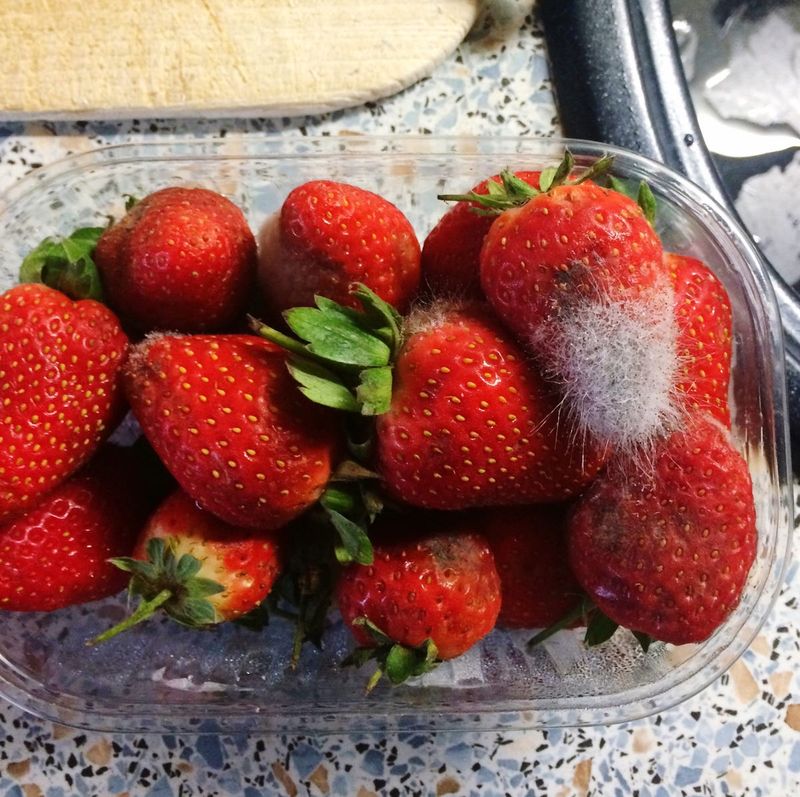
Tasting food to gauge freshness can be misleading. Spoiled food might not betray its condition through taste or smell. Imagine relying solely on these senses and risking illness. Instead, adhere to storage guidelines and expiration dates. By prioritizing safe food handling rules over taste tests, you ensure meals remain safe. Consider this: your health is worth more than a cursory taste. By staying informed and cautious, you protect yourself from potential harm, making your kitchen a zone of confidence.
8. Storing Hot Food in the Fridge Without Cooling First
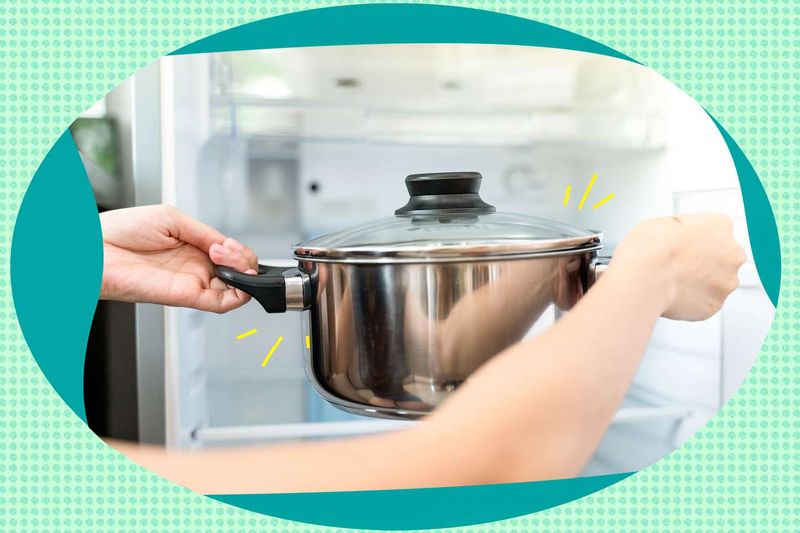
Placing hot food directly in the fridge seems efficient but traps heat, raising the internal temperature. This environment invites bacterial growth. Picture your fridge as a delicate ecosystem, sensitive to sudden changes. Cool food quickly in shallow containers to preserve safety. This practice ensures meals are both tasty and risk-free. Think of it as a dance between temperature and taste, where careful steps prevent unwanted surprises. By adopting this method, you safeguard flavors and family health seamlessly.
9. Using Sponges for Too Long
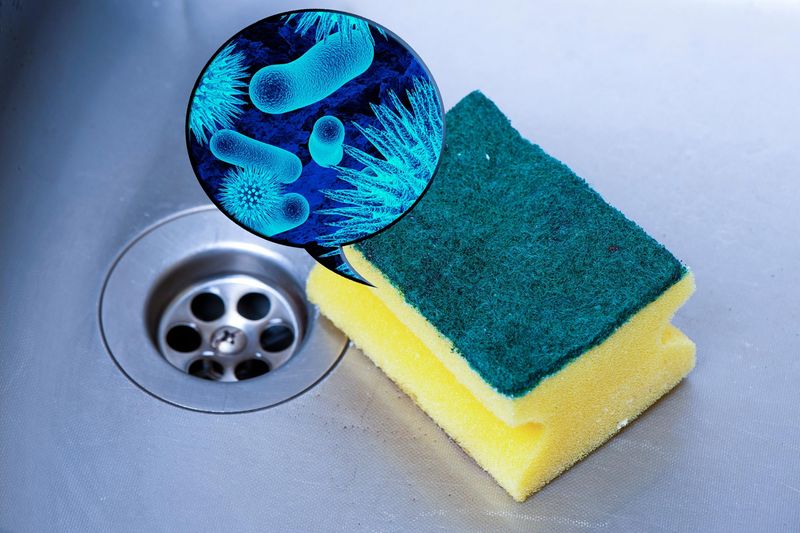
Sponges, if not replaced often, become germ factories. They harbor bacteria like E. coli and spread it effortlessly. Picture a sponge teeming with invisible threats. Microwaving a damp sponge or running it through the dishwasher daily can help maintain hygiene. Replace regularly to ensure cleanliness. Consider your sponge as a silent partner in kitchen safety, deserving of attention and care. This routine not only enhances cleanliness but also transforms your kitchen into a zone of health and vitality.
10. Forgetting to Clean Kitchen Handles and Knobs
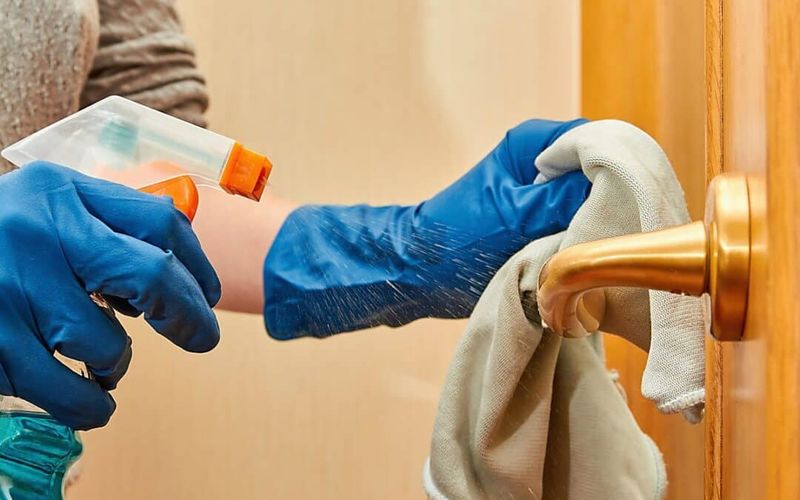
Kitchen handles and knobs often escape notice during cleaning. These surfaces collect germs, especially during food prep. Imagine each touch transferring bacteria unnoticed. Regularly wipe down high-touch areas with disinfectant or hot soapy water. This practice minimizes germ spread and ensures a safer cooking environment. Visualize these small actions as guardians of hygiene, quietly protecting your kitchen’s integrity. By keeping these areas clean, you foster a space where culinary creativity thrives without compromising health.
